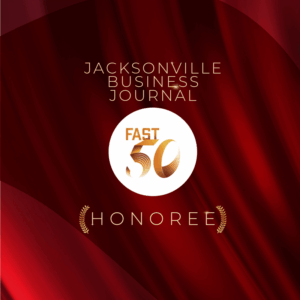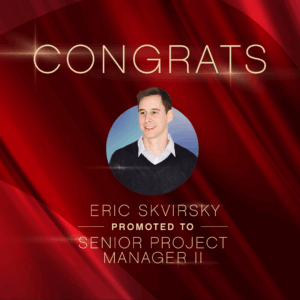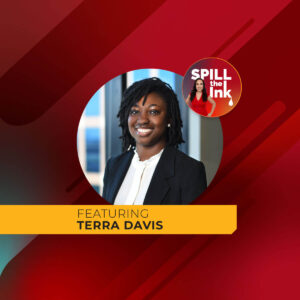
Inksights Blog : The Reputation Ink Blog
AI Can Summarize — Only You Can Lead With a Point of View
Anyone Can Sound Smart. Real Thought Leadership Takes Insight, Experience and a Perspective You’ve Earned.
AI has changed the content landscape. Now, anyone can produce a polished, credible-sounding blog post in seconds. As a result, the bar for real thought leadership has quietly — and significantly — risen.
The result? A sea of sameness. Smart-sounding copy, templated structures and headlines that all blur together.
In our last post, we explored how authority has become the true signal of credibility in an AI-influenced market. In this post, we’re looking at one of the most powerful ways firms can build that authority: through original thought leadership.
And let’s be clear — we’re not talking about flooding your blog with keyword-stuffed updates or regurgitated insights. We’re talking about showing up with perspective. With lived experience. With something to say.
Because in a world where anyone can generate content, the real differentiator is having a point of view worth listening to.
What Thought Leadership Used to Mean (and Why That’s Shifting)
For years, publishing thought leadership meant writing a blog post, contributing a bylined article or sending out a timely client alert. It was about showing that you understood the issues shaping your industry.
But too often, that content stopped short of saying anything new. It echoed headlines, summarized regulations or listed trends without offering real perspective. And for a while, that was enough.
For example, law firms often distribute alerts to their clients and networks about new legislation passing. But without any analysis or insight, you’re essentially repeating the facts — and that’s exactly what AI is built to do. It can synthesize what’s already out there and repackage it into something that looks credible.
But looking credible isn’t the same as being credible.
To stand out today, your content has to do more than summarize. It needs to add to the conversation. That means taking a position, sharing a lesson or questioning the status quo. That same update becomes more valuable when it includes business advice — what should clients do now and why does it matter? A clear point of view draws readers in because it promises something only you can offer.
What Makes Thought Leadership “Real” in the AI Era
When everyone sounds smart, originality stands out. That’s the simple truth behind why so much “thought leadership” feels forgettable — it lacks a point of view, a human behind the insight or a reason for the reader to care.
“To resonate with real people (and rise above the AI noise), your content needs to do more than convey expertise. It needs to signal that it comes from someone who’s been in the room, navigated the issue and has something real to say.”
Here’s what that looks like in practice:
- A point of view: Say something not everyone else is saying. This doesn’t mean being controversial for the sake of it — it means being clear about what you believe and why it matters.
- Lived experience: The strongest content is rooted in reality. Lessons learned. Decisions made. Observations you can only have if you’ve done the work.
- Credibility signals: Buyers are skeptical. They want to see you quoted in respected media, invited to speak at industry events or referenced in client-facing wins.
- Consistency: One bold article won’t do it. Real thought leadership is built over time — through repetition, visibility and showing up where your audience is paying attention.
And here’s something else to consider: AI tools are now curating, summarizing and surfacing expert voices. Original thinking isn’t just a good strategy. It’s discoverability insurance.
Why Voice and Vulnerability Matter
AI can mimic tone and structure. It can reword, repackage and even approximate your writing style. But what it can’t do (at least not convincingly) is reflect real vulnerability, nuance or personal insight.
That’s why the best thought leadership often feels a little risky. It’s not just smart. It’s honest.
The strongest pieces tend to include:
- Admitting a misstep: When you share what didn’t work and what you learned from it, you show readers that your insights are hard-earned, not hypothetical.
- Challenging assumptions: Whether it’s pushing back on a tired best practice or questioning a widely accepted trend, a good POV stands out because it doesn’t play it safe.
- Owning a contrarian take: Some of the most effective thought leadership starts with, “Here’s where we see it differently — and why.”
And no, this doesn’t mean every post has to be provocative or personal. But it does mean moving beyond generic language and saying something specific.
You don’t need a brand-new idea to lead — just a real one. Reframing something familiar through your experience is often more powerful than echoing the obvious. That’s what builds trust.
Rethinking the Usual Formats
Bylined articles, blog posts and speaking opportunities are still great tools in a thought leader’s toolkit. But how you use them — and what you say within them — matters more than ever.
The format you choose influences how your insight is perceived, especially by AI tools scanning public sources and surfacing expert voices. If you want to be recommended or quoted, your best ideas need to be both visible and attributable.
This is where PR and visibility strategy come in. It’s not just about getting your name out there — it’s about building a presence that reinforces your authority at every touchpoint.
What Firms Should Do Now
In a world where AI can generate thousands of polished summaries in seconds, firms that rely on surface-level content will start to blend into the noise. So what should you do?
- Audit your content: Are you offering a clear point of view or just information? If your last few articles could’ve been written by ChatGPT, it’s time to recalibrate.
- Invest in your internal voices: Your people have the insight — they may just need help shaping it. Support them with ghostwriting, coaching and visibility strategies that make thought leadership feel doable, not daunting.
- Build repeatable systems: Firms that consistently publish original insight have strong processes behind the scenes:
- Capture internal insight and refine it into repeatable content
- Distribute it across channels with credibility signals baked in — like videos, media mentions and authored content
At Reputation Ink, this is exactly the kind of work we do with clients — helping them turn internal knowledge into public authority.
Stay With Us: Evolving Your Strategy for the Age of AI
Next up in the series: How do you build trust when AI can fake authority? From phony bios to fabricated case studies, we’ll explore how firms can prove they’re the real thing.
Related B2B Content
How High-quality Content Helped Instructure Increase Lead Generation in a New Market
Reputation Ink | Mar. 7, 2025
Positioning a New Energy Company and Helping It Grow With Quality Content and PR
Reputation Ink | Oct. 7, 2024













